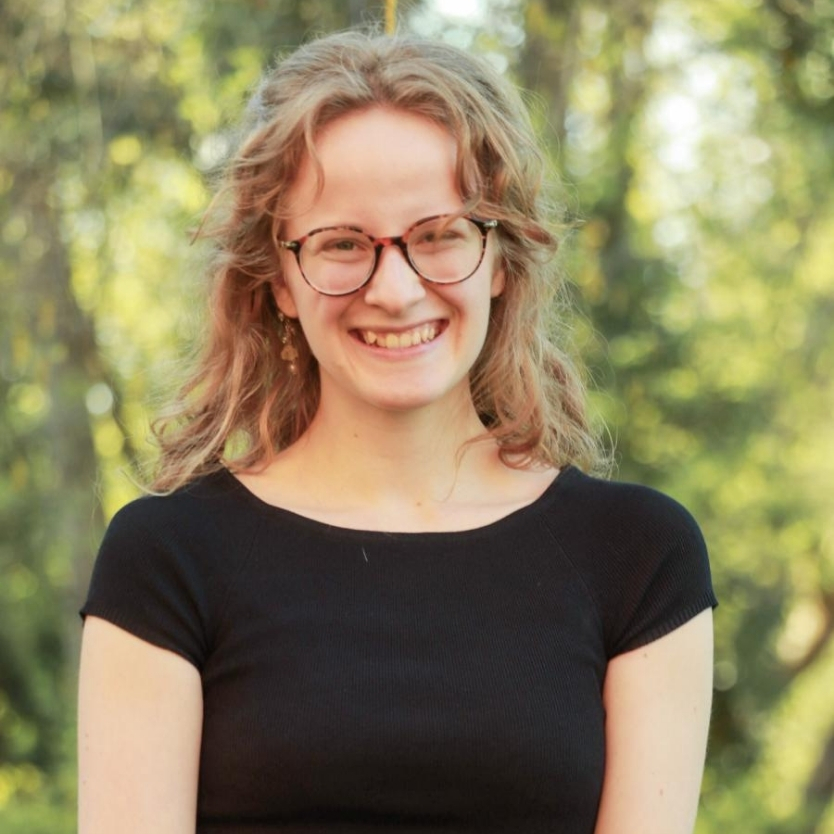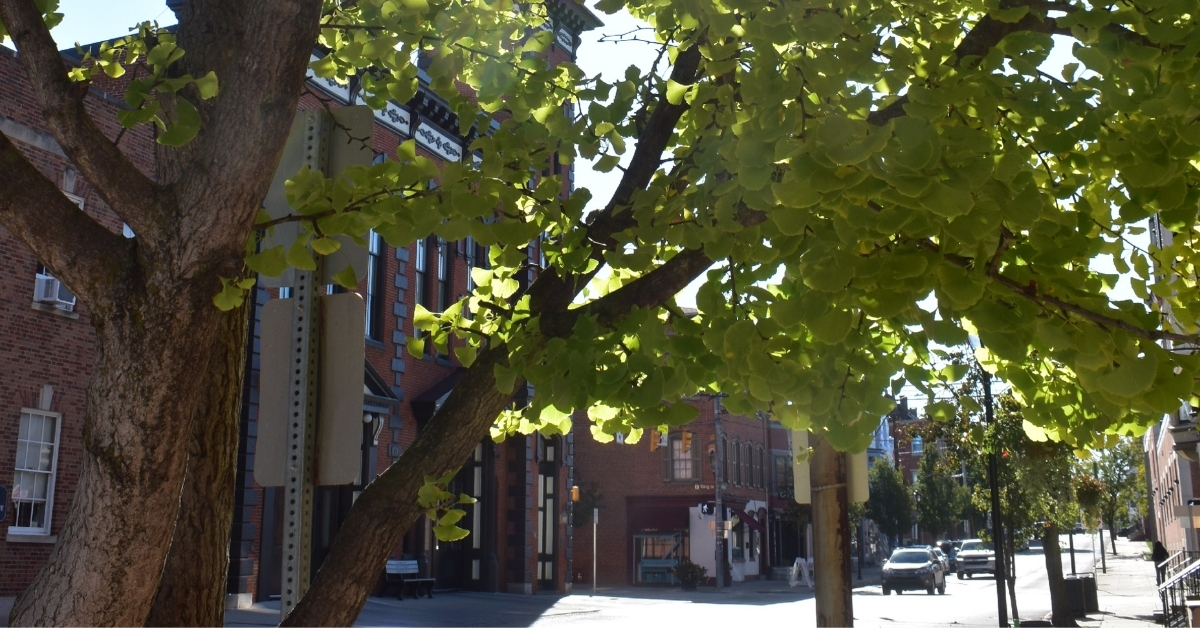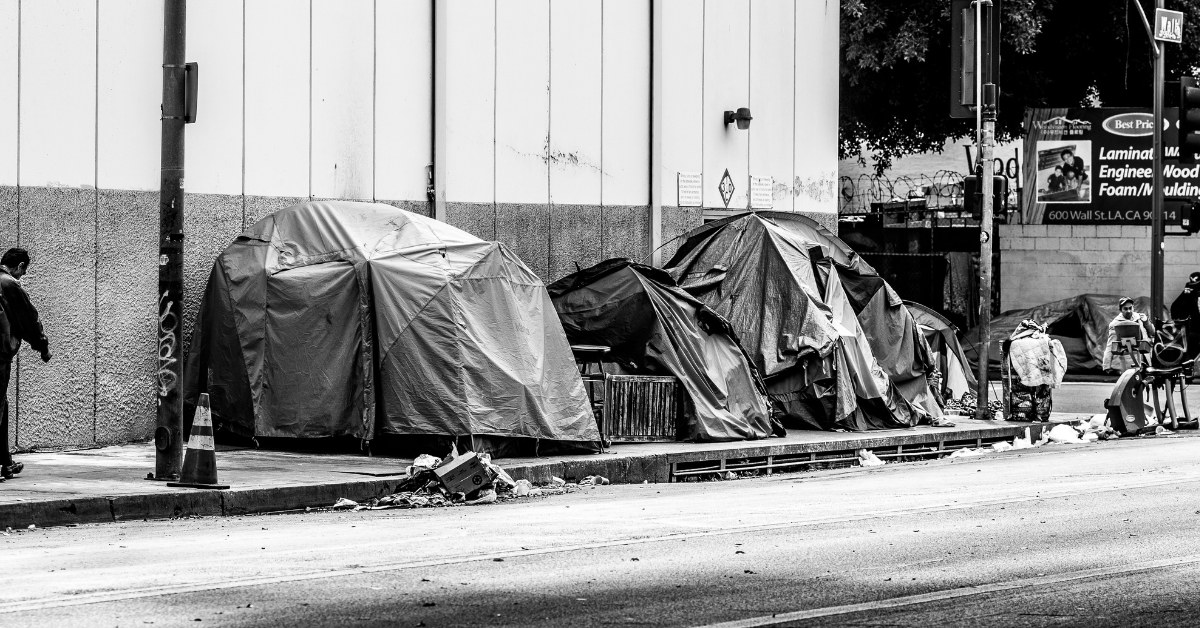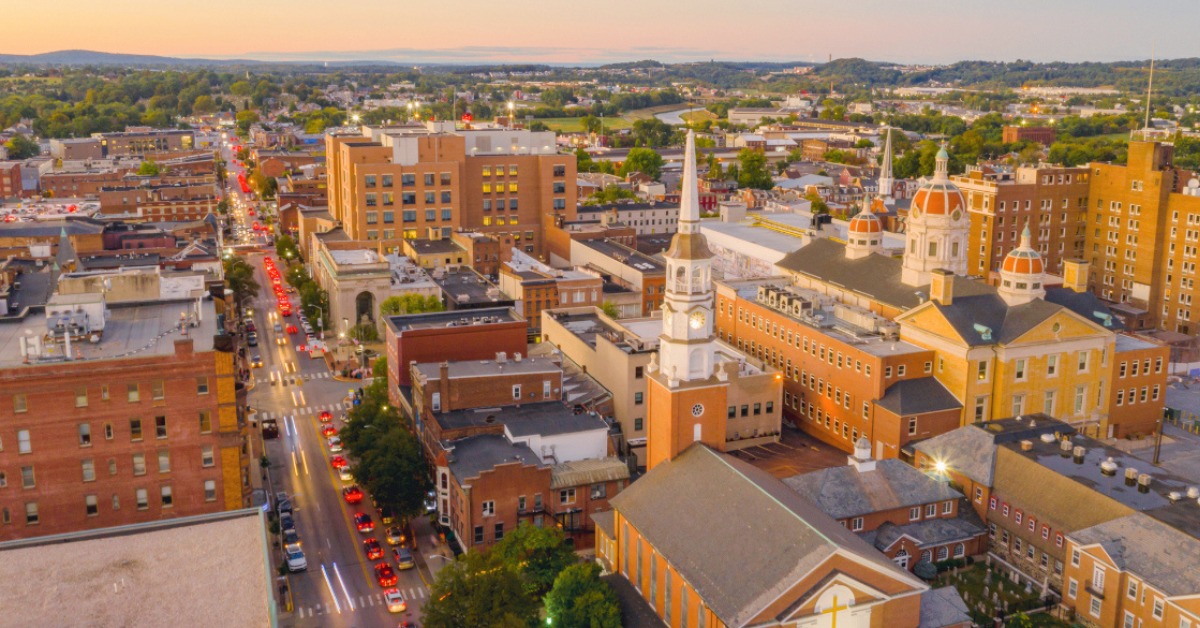From the decline in industrialization to the growth of local family businesses to the creation of residential communities, immense change has happened in York, Pennsylvania since its early origins in 1741. Some of these changes, however, have not been for the betterment of all York residents. Take redlining, for example. Redlining was an unethical practice resulting from mapping done by the Home Owners’ Loan Corporation to assess who should be eligible for mortgages during and following the Great Depression. The original intention of these maps was to offer lending institutions information about how money may be used by the parties it was provided to and the chances of loans being paid back. In practice, however, redlining resulted in the disproportionate refusal of loans or credit to people of color, of poverty, or of immigrant status.
York’s history of redlining didn’t just shape where people could live—it shaped the landscape itself. The areas once denied opportunity are still denied shade, but every new tree and garden planted helps rewrite that story.
Although redlining is not exclusive to York alone, it was aggressively practiced within the city to control neighborhood demographics. York’s redlining map was divided into four different categories distinguished with the colors red, yellow, blue, and green. Red shading represented neighborhoods that were deemed “hazardous” while yellow shading represented “definitely declining” areas. These colors often defined communities in which black, immigrant, and “low class white” residents lived. With red and yellow colors taking up 15 and 37% of the map, respectively, these labels were intended to trap such populations in place through loan refusal, keeping them from moving to other areas of the city. Even if residents wanted to move, properties within the blue, or “still desirable,” and green, or “best”, areas had clauses that restricted non-whites from renting, furthering the isolation of such minority communities. For those interested in learning more about the origins of this tactic and general housing policy, this report by one of the CCE’s former Scholars-in-Residence, Kristie Houck, can be referenced.
The lasting impacts from this mapping reverberate in York and other cities across the United States, though not just through housing. These policies may have also discouraged state or city funding, including funds for the installation of trees and plant material, in areas with historically high poverty rates as well as black and immigrant populations.

Areas previously designated as being red or yellow lined still have less tree canopy cover and overall vegetation. This discrepancy in greenspace can be visualized through York’s “tree equity score”, a concept from the American Forests organization that measures the equitable distribution of leaf and shade canopy cover across cities. The score accounts for factors such as elderly and minority populations, poverty rates, and temperature disparities that may make populations more vulnerable to less than optimal amounts of greenspace. A photo of York’s tree equity score map is provided above. The map features a range of colors from orange to green that symbolize the percentage of canopy cover goals met. For example, green areas are closer to the suggested goals while orange colors are farther away. When comparing the redlining map and tree equity score map, it is evident that many sections of the city previously redlined have less tree cover to this day. One area where this discrepancy is clear is the land surrounding Wellspan Park which is indicated by a star: the redlining map showcases red and yellow colors and the modern tree equity map is orange, indicating there is not sufficient vegetation. It is worth noting that these maps are not perfectly overlaid, such as in areas previously designated as “industrial” within the center of York. Overall, however, research across major cities like Philadelphia also supports the idea that redlining may have been a cause for lack of green infrastructure.
A lack of adequate greenspace can threaten community health. Such areas may have hotter temperatures due to lack of vegetation, resulting in what the Environmental Protection Agency calls an “urban heat island”—a term that describes the increased temperatures visible in cities as compared to surrounding non-urban areas.

By contrast, aside from cooler temperatures, there are a variety of other benefits seen with sufficient canopy cover and urban greenspaces. Lower stress, greater perception of relaxation, and noise buffering are just a few of the observed benefits. This illustrates the importance of greenspace on supporting the well-being of residents.
While York may have struggled historically with creating a green enough city, there are a number of community partners who have fought to expand greenspace in York. Below, I outline two ways that York residents can join these efforts—both in the city and the county. Participating in initiatives publicly is essential to showing that green spaces and healthy neighborhoods are a priority.
Parks and Gardens
While many parks may not be centered within areas previously underserved due to redlining, they are still great examples of cultivated greenspace that residents can access. There are 25 parks currently in York City cared for by the York City Parks Conservancy. These offer open green space and host a number of benefits like picnicking areas, lakes, sports fields, and more. Most larger parks are towards the outer edges of city boundaries. There are also others outside of city limits such as Richard Nixon Park which, at a short drive away from the city, hosts a nature center with live animals and many walking trails. Activities, like night hikes and wildlife art classes, as well as occasional volunteer events, such as Habitat Action Days, are hosted here. Another park within driving distance is William H. Kain County Park, which hosts Lake Redman and Lake Williams. It offers fishing, kayak rentals, paddleboat rentals, horseshoe pits, and more. It’s worth noting that public parks are free to enter and many of the activities they offer also come at no or low cost, making them a fantastic resource for residents and visitors alike.

York residents may also seize the opportunity to visit small gardens within the city. A recent collaboration between the Rotary Club and the Garden Club of York resulted in some beautiful installations in the heart of Downtown. Another space that families with young children may be interested in visiting together is the sensory garden at Martin Library (159 E Market St, York PA 17401). Located in the children’s section with access granted after request from the help desk, this space is made just for little ones to enjoy.
Some York residents may be curious about what to do if they live far away from parks and recreational facilities. One way of addressing this may be through creation of greenspace within their own neighborhoods. This may look like placing a few pots with vegetable plants on a home’s front stoop. One York resident, Liz Morales, has seen her community grow closer in the years since starting to grow fruits and vegetables on her porch for neighbors to enjoy. Whether being chopped up for a meal or used to make jams and jellies, she suggested there’s a certain bond created when people have the opportunity to share ingredients and food with one another.
Some residents may want to take a different approach. Perhaps their front stoop is already in use or they just don’t have time to manage a garden each week. In these circumstances, they might choose to work towards weeding the sidewalk near their home, spend time on a community gardening plot, or volunteer occasionally in the fields or within a greenhouse at an organization like York Fresh Food Farms. Whether these spaces are used to provide food or exist primarily for aesthetic purposes, they are an opportunity to build community, to get to know neighbors, and to improve one’s own health.
Seasonal Events
Parks and gardens are not the only ways to get involved, however. Seasonal events or programming may also provide a chance to participate in initiatives. For example, Go Green in the City is a family-friendly festival held yearly in Downtown York that focuses on environmentally friendly practices, businesses, and opportunities to get involved for Earth Day (April 22nd). While not a chance to actively enjoy expanses of green, this event can encourage environmentally conscious behaviors and contributes to helping the city build a culture that prioritizes greenspaces. There might be some green in the form of plants for purchase, however!
Looking towards the future, there is always capacity for growth. Although some city organizations, private groups, and individuals within the community have been dedicated to improving the frequency and quality of our greenspaces, there is still much more to be done. York residents have a right to live in a city that not only provides stable housing, but also one that supports the mental and physical health of those within it through features such as adequate greenspace. Taking the time to educate oneself and others about the history of York, participate in environmental initiatives, and spending time outdoors are just a few ways to shift the culture and showcase that York cares.

Hannah Zinn is York College of Pennsylvania’s Urban Collaborative Scholar-in-Residence. Her research has primarily focused on urban greenspace and housing, but she is also engaged with the facilitation of local gardening initiatives through her role. Hannah can be connected with on LinkedIn.




